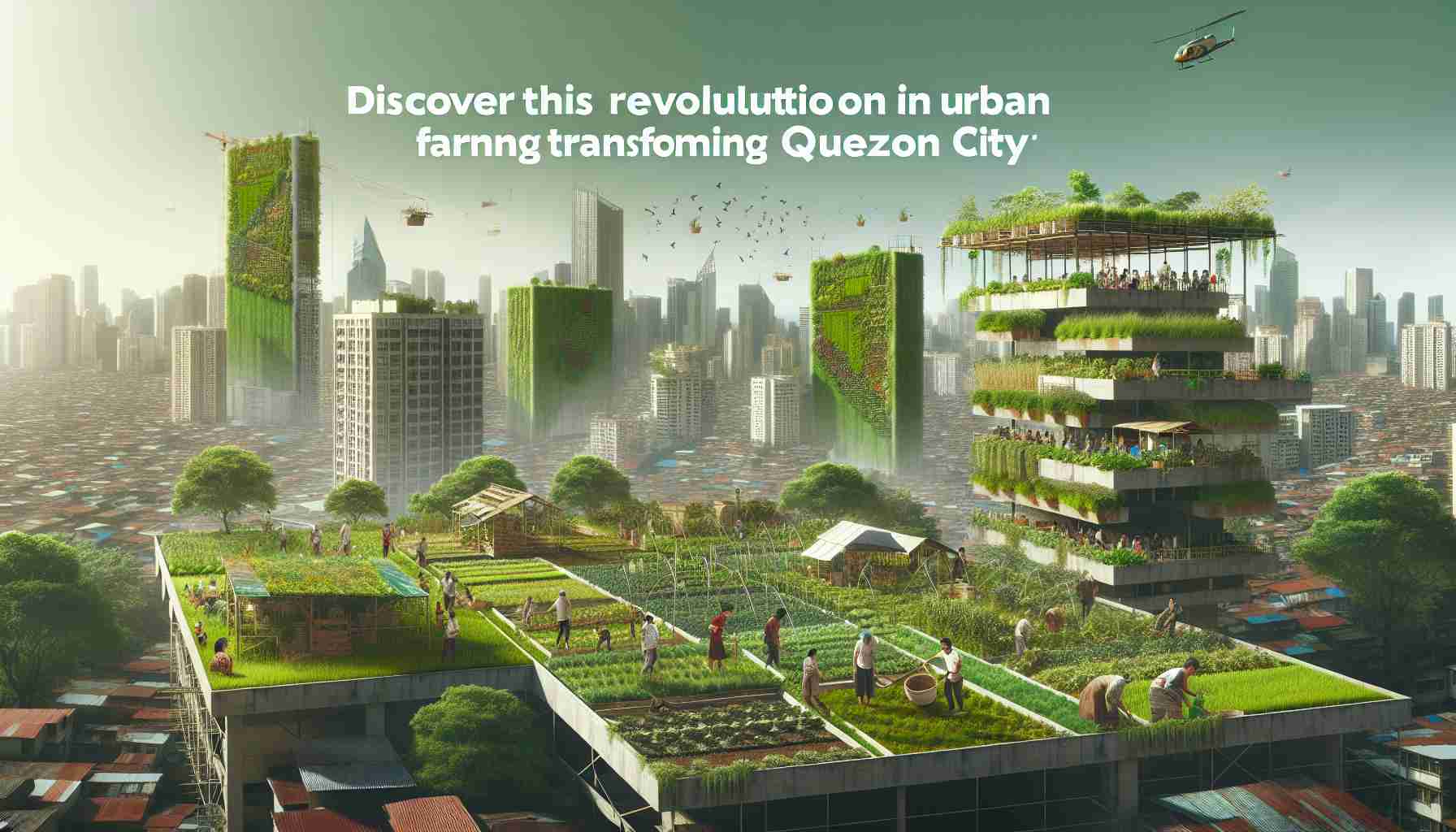- The SPICE project uses hydroponics and LED lighting for soilless farming.
- Fresh produce like lettuce, basil, and kale grow year-round in controlled conditions.
- This approach conserves water and reduces the reliance on pesticides, promoting organic farming.
- Vertical farming addresses space constraints in urban areas, allowing food to be grown where needed.
- SPICE aims to tackle food security issues and inspire similar initiatives in other cities.
- Innovative urban farming represents a potential shift towards sustainability in food production.
Imagine strolling through a lush oasis of vibrant greens nestled in the heart of Quezon City, where soil is a thing of the past and innovative technology takes center stage. Welcome to the Smart Plant Production in Controlled Environments (SPICE) project, a groundbreaking initiative that harnesses the power of hydroponics and LED lighting to bring fresh produce to urban dwellers.
Inside this futuristic facility, rows upon rows of crisp lettuce, fragrant basil, and tender kale flourish, all thriving without traditional soil. Instead, these plants bask under an array of energy-efficient LED lights, creating the perfect conditions for growth all year round. This soilless farming method not only conserves water but also drastically reduces the need for pesticides, allowing for truly organic produce.
The SPICE project represents a significant shift in how we think about food production in urban areas. With space becoming increasingly scarce in cities, this revolution in agriculture demonstrates that it is possible to grow nutritious food in vertical farms, right where it’s needed most.
As these techniques gain traction, the project not only aims to feed the local population but also seeks to inspire other urban areas facing food security challenges. Could this be the future of sustainable farming?
The key takeaway here is clear: innovative urban farming solutions like SPICE are paving the way for a greener, healthier tomorrow, proving that with creativity and technology, we can transform our cities into thriving food hubs. Embrace the future of farming and get ready for a fresh take on how we grow food!
Transforming Urban Agriculture: The Future of Farming in Quezon City
In the heart of Quezon City, the Smart Plant Production in Controlled Environments (SPICE) project is revolutionizing urban agriculture. This innovative initiative emphasizes the potential of hydroponics, an efficient soilless farming technique that utilizes nutrient-rich water solutions instead of soil, coupled with cutting-edge LED lighting technology. The result? A sustainable way to produce fresh, organic vegetables, such as crisp lettuce, fragrant basil, and tender kale, regardless of external climate conditions.
How SPICE Works
The SPICE project leverages industrial-grade hydroponic systems that deliver nutrients directly to plant roots while minimizing water usage by up to 90% compared to traditional farming. The LED lights, which are energy-efficient, are tailored to provide the optimal spectrum of light required for photosynthesis. This advanced setup allows for vertical farming, which maximizes space in urban environments where land is at a premium.
Key Features and Innovations
1. Water Conservation: SPICE’s hydroponic method drastically cuts down on water usage, making it a sustainable option for urban areas facing water scarcity.
2. Reduced Pesticide Usage: With control over the growing environment, SPICE minimizes the need for harmful pesticides, producing truly organic food.
3. Space Efficiency: The vertical farming approach facilitates the cultivation of a larger amount of produce in a smaller footprint.
4. Year-round Production: The controlled environment allows for continuous harvesting regardless of seasonal weather changes.
Pros and Cons of Hydroponic Farming
Pros:
– High growth rates and yields.
– Less land needed for cultivation.
– Less exposure to soil-borne pests and diseases.
Cons:
– Initial setup cost can be high.
– Requires technical knowledge to operate systems efficiently.
– Possible risk of system failures affecting plant health.
Market Forecast and Trends
The urban farming industry is projected to grow exponentially, with Hydroponics expected to hold a significant market share given its advantages. As consumers grow more health-conscious and the demand for local produce increases, vertical farming projects like SPICE will likely see wider adoption across the globe.
Frequently Asked Questions
1. What are the benefits of hydroponics over traditional farming?
Hydroponics allows for more efficient water usage, less land requirement, faster growth rates, and minimized pesticide application, contributing to a more sustainable agricultural practice.
2. How does SPICE contribute to local food security?
By providing a local source of fresh produce, SPICE reduces dependence on long supply chains, ensuring that urban dwellers have access to healthy food while responding to food security challenges.
3. Can the technology used in SPICE be replicated in other urban areas?
Yes, the SPICE model can be adapted and implemented in different urban settings, promoting sustainable food production worldwide, especially in densely populated areas.
Innovations and Future Directions
The SPICE project is just one example of the growing trend toward sustainable agriculture. As urban centers continue to face challenges related to food scarcity, similar projects are expected to emerge, further optimizing the use of technology in agriculture.
For further insights into sustainable practices and urban farming, visit SPICE Project. Explore the potential of urban agriculture and the innovations shaping the future of food production!
